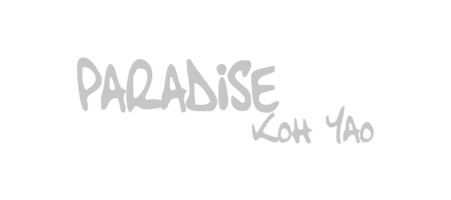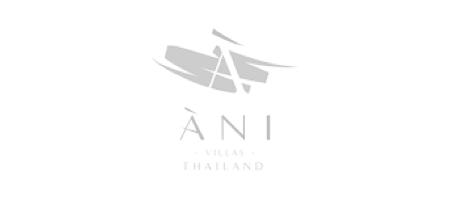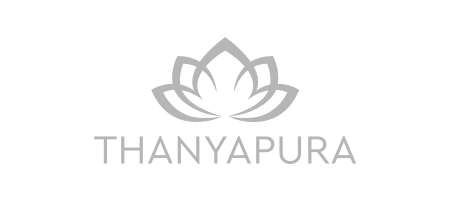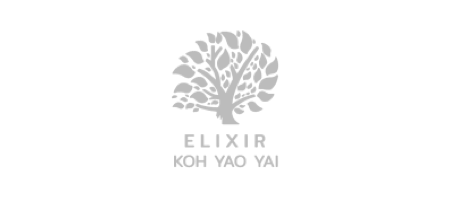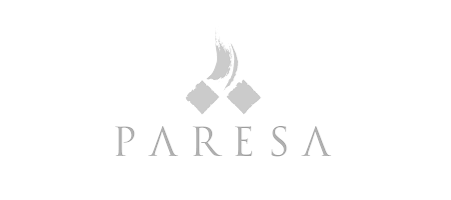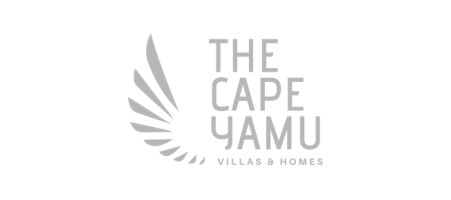Does happy baby make a baby happy?
Most of us have experienced the seriously sweet chill-out pose, happy baby. Why are some of us so relaxed when performing this pose? Why are some more like a crying baby?
I flipped through the photo memories of my baby, Indigo, at 1-month-old. I find a lovely picture of her lying flat on her back, bending her knees up to her chest, keeping her feet in the same level as her knees. I don’t quite know if she did the happy baby pose, but rest assured she looked very grounded and content.

One month old Indigo
RecentIy, when she was turning 6 months, I asked "Would happy baby make my baby happy?" Indigo helped me to find that out. She bent her one-month old Indigo knees up, as she often does. This time though, very gently and slowly, I guided her knees to descend towards her outer ribs to see the natural flexibility.
My baby did not seem to want to do that. Her hands did not seem to care about grabbing her feet either. Rather, she kept both shoulders on the floor. Although, it is not quite an ideal ananda balasana - happy baby pose, Indigo is still very joyful and playful, just like any other baby.

Six month old Indigo
This is considered a neutral position. For our bodies to be able to perform such pose we need to ‘keep practising’. Indigo is doing fantastically at neutral extensions in her spine and widens her knees (hip abduction) while on the floor. Of course, she did not greatly activate her iliopsoas (hip flexor), so she could not bring her knees close to her armpits. After all, she did not voluntarily do this yoga move. However, all babies are born with none hypertonic muscles (tight), so her lower back, glutes, pelvic floor region, inner groin would have been able to lengthen with no sweat.
Muscular and nervous systems are interconnected. Since Indigo’s brain does not demand the body position and movement, her skeletal muscles are not voluntarily controlled. She does not know that grabbing her feet with her hands while lying flat is called ‘happy baby’. Therefore, her chest and arms are not activated.
I am well aware that infant bodies are not fully developed and it is not my intention to compare our different abilities. However, there are valuable findings in babies I would like to share:
- Literally, be down to earth! Rest your whole body heavily on the floor like a baby. While the gravity creates an action, you could go deeper into the position.
- For those who are working their way up to this pose, again you are reminded that this is not a neutral position. It is a necessity for the body to take time since there are a number of muscles that need to learn to both engage and release (agonist/antagonist muscle pairs).
- Do not force your body as it will lead to misalignment. Observe if your tailbone and shoulders lift away from the floor, your chin draws up, your teeth are gritted. That is clearly an unhealthy baby!
- This is a great stretching and de-stress pose from lower back, glutes, perineum, pelvic floor, hip adductors and upper hamstrings. Exhale and release all tensions in the body. If needed, use a strap to assist you in the pose, or simply adjust your hands to grab your ankles or lower legs instead.
Playful is the most outstanding characteristic of babies. Although they are new and unexperienced into this world, they are fasciated by exploring. They ‘play’ to have a good time and do not ‘expect’ to have one. Being happy may not necessary mean easy but it is actually simple things that make life pleasant.
Next time you practise this pose, take a little more time to find the open, curious, playful, happy baby in you, no matter how old you are and how far you can stretch.
